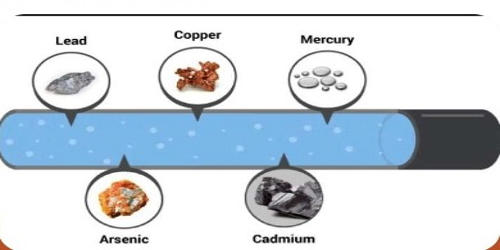A recent study led by the University of East Anglia (UEA) calculates the advantages of keeping global warming to 1.5°C and pinpoints the areas most at risk from future climate change.
The study assesses the reductions in human exposure to a number of risks that would occur from restricting global warming to 1.5°C as opposed to 2°C or 3.66°C, including water scarcity and heat stress, vector-borne diseases, coastal and river flooding. There are also effects on the economy and agricultural yields.
Researchers from the UK have discovered that worldwide dangers are decreased by 10-44 percent if warming is limited to 1.5°C rather than 2°C. These researchers include scientists from UEA, the University of Bristol, and PBL Netherlands Environmental Assessment Agency.
The researchers also did a comparison with hazards associated with higher degrees of global warming because not enough climate legislation has been put in place internationally to keep warming to 2°C.
Greater global warming will increase risks. If warming is limited to just 2°C, the dangers at 3.66°C warming are decreased by 26–74%. If warming can be kept to just 1.5°C, they are decreased considerably further, by 32-85 percent. The ranges are broad because the proportion changes depending on whether indicators like human exposure to drought or flooding are taken into account.
The research, which was presented today in the journal Climatic Change, suggests that while river floods, drought, and heat stress pose the largest percentage-based risks, drought poses the biggest absolute risks.
The authors also note that with 1.5°C or 2°C of average global warming by 2100, the danger of climate change is anticipated to rise highest in West Africa, India, and North America.
The study is in line with the IPCC’s Sixth Assessment Report, which concludes that in order to keep global warming to 1.5°C with no or little overshoot, worldwide net zero CO2 emissions must be achieved by the early 2050s and by the early 2070s, respectively.
In addition, at COP26 last year, the commitments made by countries in terms of greenhouse gas emission reductions are not sufficient to achieve the Paris goals. At present, current policies would result in average warming of 2.7°C, while the Nationally Determined Contributions for 2030 would limit warming to 2.1°C.
Professor Rachel Warren
Lead author Prof Rachel Warren, of the Tyndall Centre for Climate Change Research at UEA, said:
“Our findings are important because the Paris Agreement target is to limit global warming to ‘well below’ 2°C and to ‘pursue efforts’ to limit it to 1.5°C. This means that decision makers need to understand the benefits of aiming for the lower figure.”
“In addition, at COP26 last year, the commitments made by countries in terms of greenhouse gas emission reductions are not sufficient to achieve the Paris goals. At present, current policies would result in average warming of 2.7°C, while the Nationally Determined Contributions for 2030 would limit warming to 2.1°C.”
“While there are a number of planned additional actions to reduce emissions further, potentially limiting warming to 1.8°C in the most optimistic case, these still need to be delivered and further additional action is needed to limit warming to 1.5°C.”
The researchers used a set of popular climate change scenarios in which global temperatures rise by 2°C and separately by 1.5°C and 3.66°C to run advanced computer simulations of climate change risk for this study. The outcomes were then compared.
The findings include:
Global population exposure to dengue and malaria is reduced by 10% if warming is limited to 1.5°C as opposed to 2°C.
In western India and the northern part of West Africa, population exposure to water scarcity is particularly noticeable.
With global warming, it is anticipated that the probability of drought will increase steadily, affecting hundreds of millions of more people at each successively higher temperature threshold.
If we don’t adapt, global warming of 1.5°C would put an additional 41–88 million people at risk of coastal flooding annually by 2100 (corresponding to a 0.24–0.56 m rise in sea level), while global warming of 2°C would put an additional 45–95 million people at risk annually (corresponding to a 0.27–0.64 m rise in sea level).
When global warming is kept to 1.5°C rather than 2°C, the economic effects of climate change are reduced by 20%. Accordingly, the total amount of damages is decreased from 61 trillion to 39 trillion US dollars.
To replicate the geographical patterns of climate change corresponding to 2°C warming and 1.5°C warming, respectively, the study used 21 distinct climate models. Previous studies have covered other risk factors, employed simpler models, or have access to fewer climate models.
‘Quantifying risks avoided by limiting global warming to 1.5 or 2 °C above pre-industrial levels,’ Rachel Warren et al, is published in Climatic Change on June 29.
















